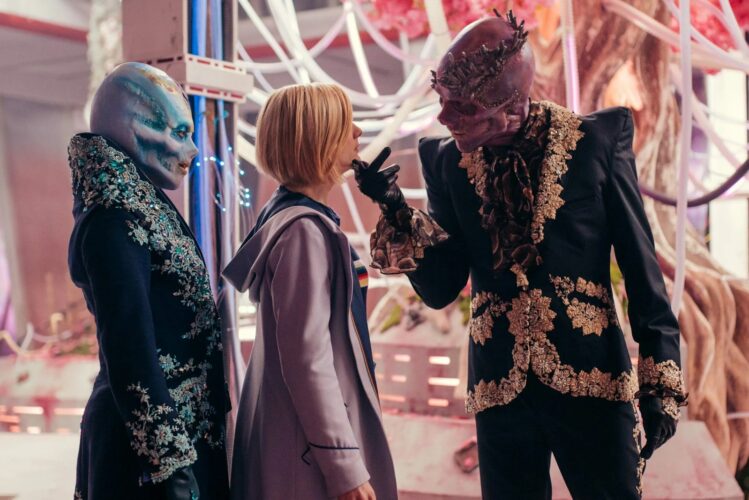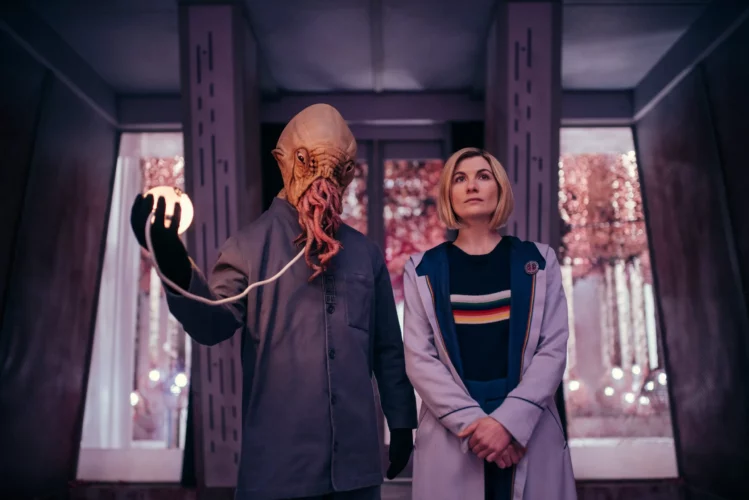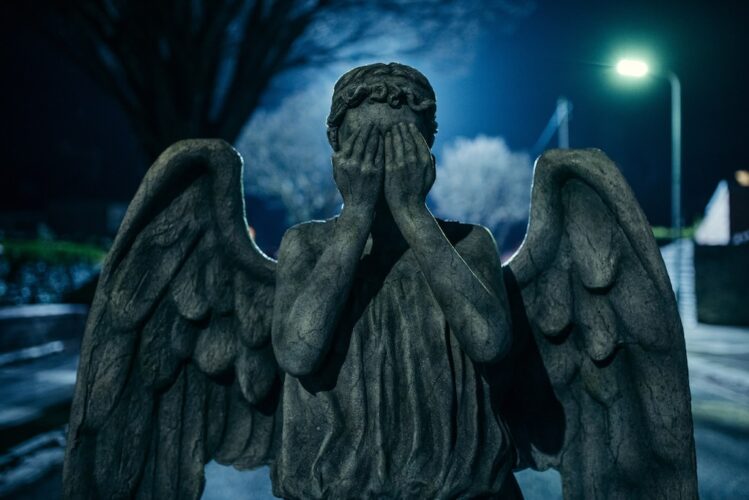And Once Again the Truth is Found (Part 1)
On ‘The Stalls of Barchester Cathedral’ by M.R. James and its BBC television adaptation by Lawrence Gordon Clark
- Introduction
‘The Stalls of Barchester Cathedral’ was one of the stories that M.R. James wrote in order to perform for his friends and guests at the famous Christmas meetings of the Chit-Chat Club. It was subsequently published in Contemporary Review in 1910, and then republished in a book entitled More Ghost Stories (a sequel to his first published volume of stories Ghost Stories of an Antiquary) in 1911. In an introduction, James describes the fictional Barchester Cathedral as “a blend of Canterbury, Salisbury, and Hereford”, and is clearly also riffing on the Barchester of Anthony Trollope’s Barsetshire novels. James was a reader of contemporary fiction.
‘The Stalls of Barchester Cathedral’ was adapted for television by the BBC in 1971. Under the slightly truncated title ‘The Stalls of Barchester’, this adaptation inaugurated the famous strand of TV films known as the A Ghost Story for Christmas series.
The story was also adapted for television in 2000 by BBC Scotland as one episode of the four part series Ghost Stories for Christmas with Christopher Lee.
- The Story (including total spoileration)
‘The Stalls of Barchester’ is a murder mystery without a mystery and a ghost story without a ghost.
There follows a necessary recitation of the plot. I strongly urge the reader to experience the story for themselves first.
In the early 19th century, Dr John Benwell Haynes, the unmarried and widely admired precentor of Barchester Cathedral, succeeds to the post of archdeacon after the death of the extremely elderly archdeacon Pulteney. Pulteney has died in a fall down the stairs, reportedly as a result of a stair rod being left under the carpet by an inefficient maid servant, Jane Lee. Lee, we hear, has been dismissed. In contrast to the deaf and senile Pulteney, Haynes is a zealous and efficient administrator. A big part of his job seems to be to get the tenants on diocese-owned land to start paying their rents again, something the late archdeacon Pulteney permitted to lapse for years (may the angels guard his grave). It takes Haynes three years to put the affairs of the cathedral and diocese to rights again. Once this is achieved, things start to go badly for him.
One evening, during prayers in the cathedral, Haynes is touching “an exquisitely modelled figure of a cat” on his choir stall and, instead of wood, feels fur and a living body under his fingers. On another occasion, he is touching another carved figure – an ambiguous character with a mutilated face and a noose around its neck, cowled like “a monk, or ‘friar of orders grey’”, who seems to represent Death himself – and feels the dank fabric of its robes.
These quotations come from Haynes himself. James gives us sections from a letter Haynes drafts (but apparently never sends) to Sylvanus Urban, some time before his supernatural experiences begin. Sylvanus Urban was the pen name of Edward Cave (1691-1754), the founder, editor, and publisher of The Gentleman’s Magazine (he thus coined the term ‘magazine’ to refer to a printed periodical). …







